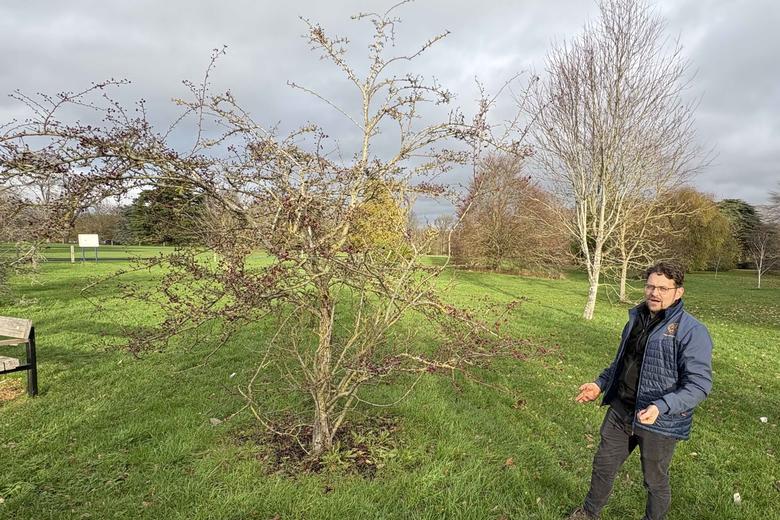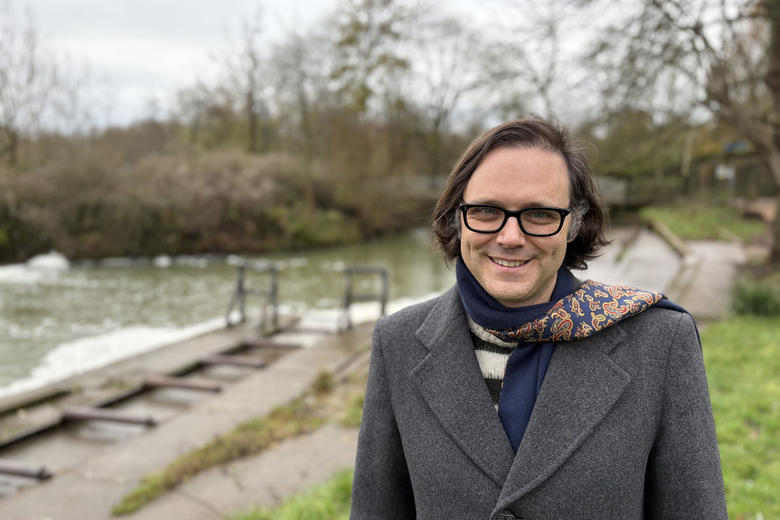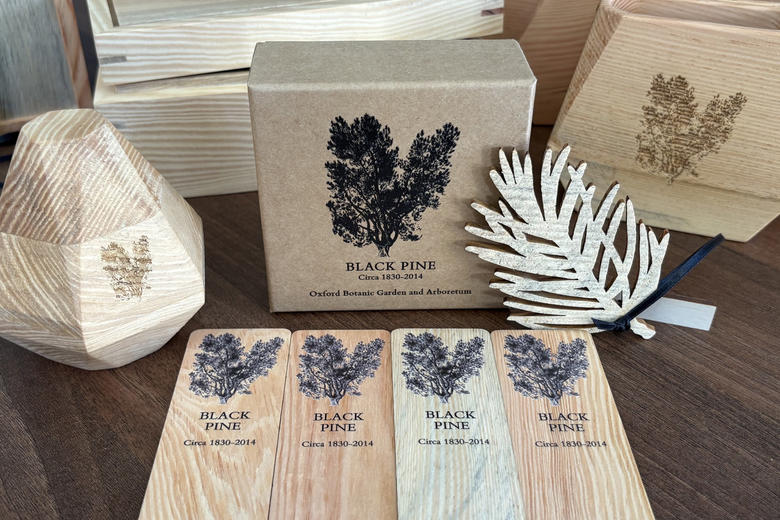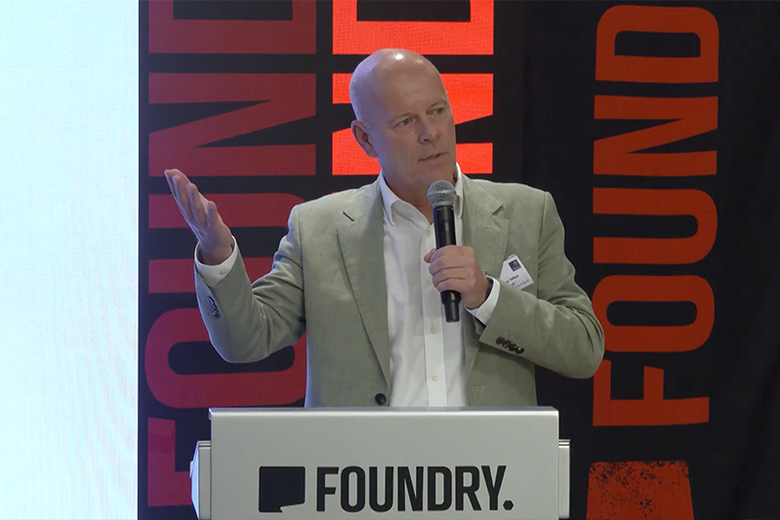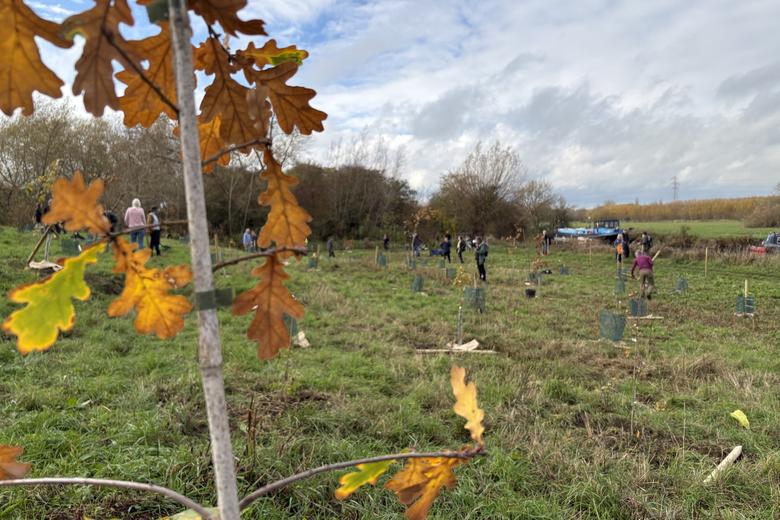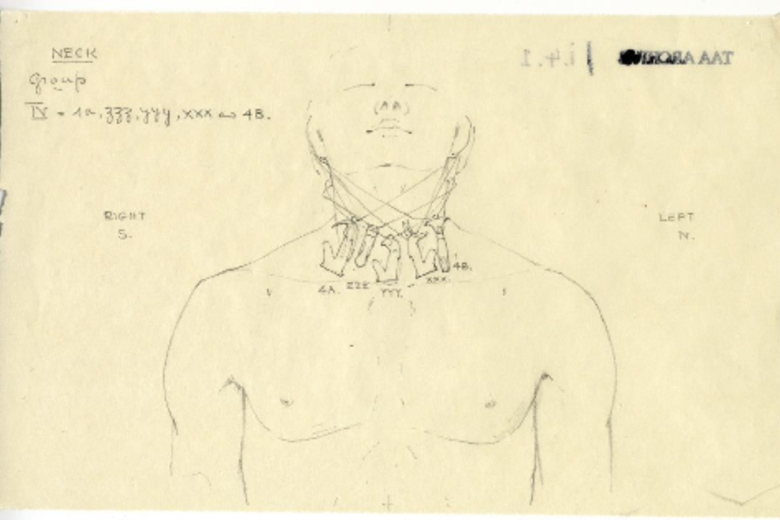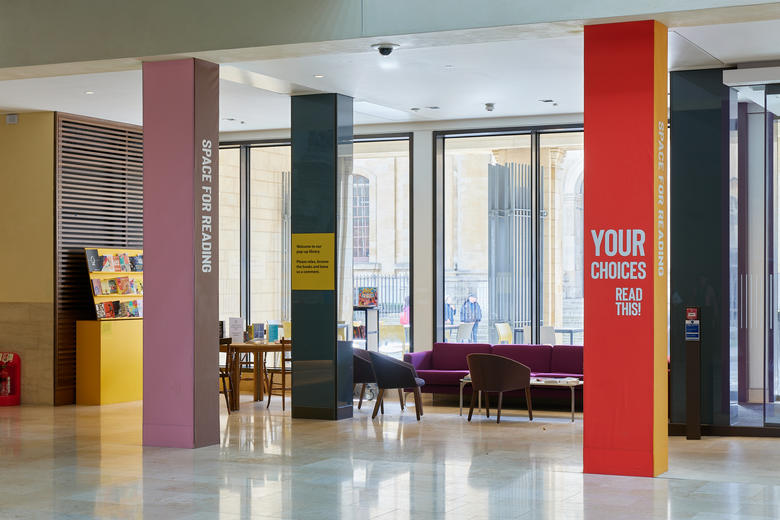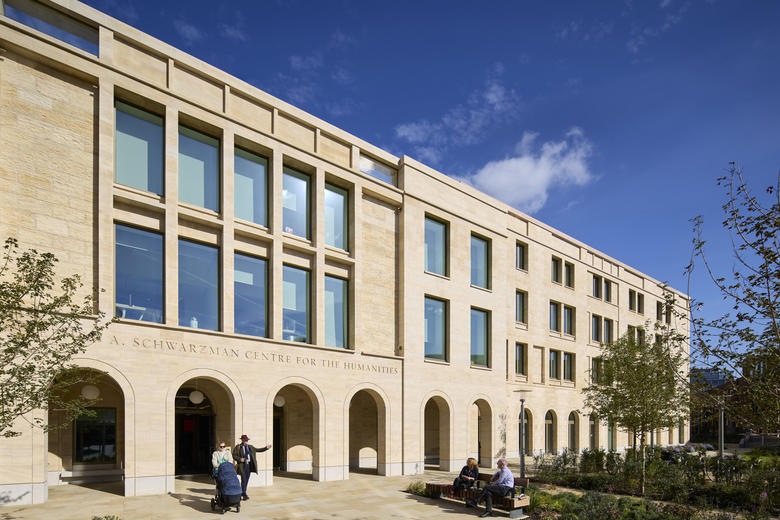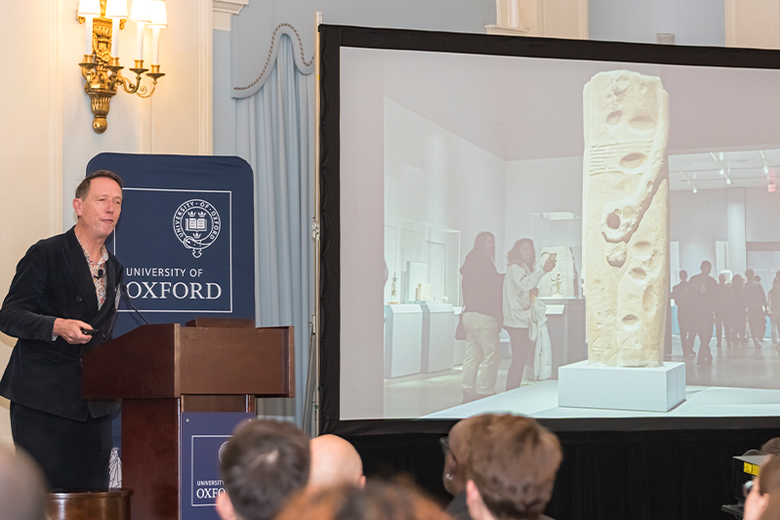ISABEL CREED

ISABEL CREED
Ultra-endurance runner, local politician and theoretical chemist
Published: 19 May 2025
Richard Lofthouse
Share this article
We had tried to connect before but Isabel (Lady Margaret Hall, 2014) had been trapped on a delayed flight, from Sweden it turns out.
‘Visiting a friend,’ she says casually; but that turns out to have been in the Arctic Circle and the walking holiday wasn’t exactly a stroll but 75 miles across still snow-bound tundra hauling a 35kg pulk.
Further questioning reveals that in fact Isabel is former President of the Oxford University Walking Club (2019-23). She remembers how she got COVID badly early on after volunteering in Banbury’s Horton Hospital where there was scant PPE, her hands and feet turning blue.
‘It was an interesting time to be President of the Club. When I got better, lockdown had ensued. The club was completely oversubscribed but we did our best to organise walks that adhered to the rules, whether in buddy formation or in groups of six. But it was difficult and there were not enough leaders.’
She has led the club on the Tour du Mont Blanc which is 103 miles, and numerous other spectacular summer specials in the Alps and Pyrenees, confirming Oxford’s particular love of the mountains – a subject we have written about before.
Isabel has also just participated in a ‘ten marathons in ten days’ spectacular that unfolded on the Lake Windermere marathon course in the UK’s Lake District. It took place 8-18 May. And as if that’s not enough she will then undertake in late June to compete the full distance Spine Race of 268 miles, which is a continuous event on the Pennines, truly one of the most gruelling ultra-events yet invented. She is competing in both events to raise money for the Brathay Trust, which offers experiential residential courses for as many as 7,000 young people a year from a base in Ambleside, also the base for the Isabel’s impending marathon spectacular.
Outside all this she is a Labour Councillor for Oxfordshire’s second most deprived ward, Ruscote in Banbury, and a theoretical chemist, her DPhil from St Edmund Hall Oxford, and since July 2024 a post-doctoral Fellow at Imperial College London, working with Dr Jarvis Frost and Professor Jenny Nelson.
Unpacking what she does in lay-person language takes an extended discussion, but in essence she has put her shoulder behind one of the great inquiries of our times: how to make a solar panel out of organic materials.
‘Most solar panels, including perovskites, are made from inorganic materials including rare elements. The promise of an organic cell is to get away from the environmental impacts and cost of the ingredients, and potentially also to be able to have solar panels over crops where the crops still grow underneath them, because the cells would still allow ‘green light’ to penetrate, a big subject within the emerging field of agro-voltaics.’
One thing that leaps off Isabel’s academic profile is that she is a first rank mathematician. ‘I work on solving quantum problems,’ she says, ‘how things upconvert,’ which means solar panel efficiency; and in particular what’s referred to in the trade as Y6, a non-fullerene acceptor. ‘It’s an aromatic molecule based on carbon, sulphur and nitrogen.


